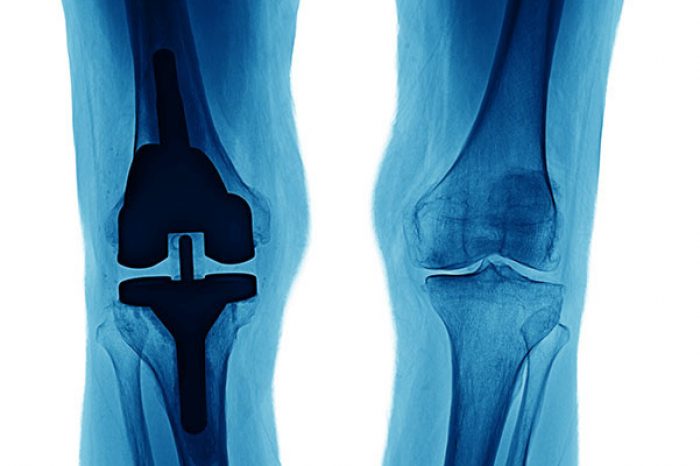
Knee osteoarthritis (OA) is a degenerative condition that affects millions worldwide, causing pain, stiffness, and reduced mobility. Platelet-rich plasma (PRP) injections have gained popularity as a regenerative treatment option, offering a non-surgical solution to manage OA symptoms. However, research suggests that the effectiveness of PRP may depend significantly on the platelet dosage used.
Recent studies indicate a dose-dependent response to PRP injections in knee OA [Berrigan et al, 2024; Berrigan et al, 2025]. Higher platelet doses appear to provide better clinical outcomes, particularly in terms of functional improvement and chondroprotection. A systematic review found that patients receiving platelet counts exceeding 10 billion had significantly improved outcomes compared to those receiving lower doses.
For clinicians, standardizing PRP preparation and ensuring adequate platelet dosing is crucial. Patients should be aware that not all PRP injections are equal, and choosing a provider who understands the importance of dosing can influence treatment success.
Dosing plays a critical role in PRP therapy for knee OA. Higher platelet doses (>10 billion) may yield better functional and pain-related outcomes, reinforcing the need for standardized PRP protocols. Learn more about high-dose PRP for knee osteoarthritis:
(781) 591-7855
20 Walnut St
Suite 14
Wellesley MA 02481
References
Adductor longus selective tenotomy is a modern surgical treatment for chronic groin pain that offers faster recovery and better outcomes than traditional full release surgery. The adductor longus, an inner thigh
Read MoreDiscover how ultrasound helps diagnose plantar fat pad atrophy, a leading cause of ball-of-foot pain. Learn about symptoms, thickness cutoffs, and why early detection matters for relief.
Read More